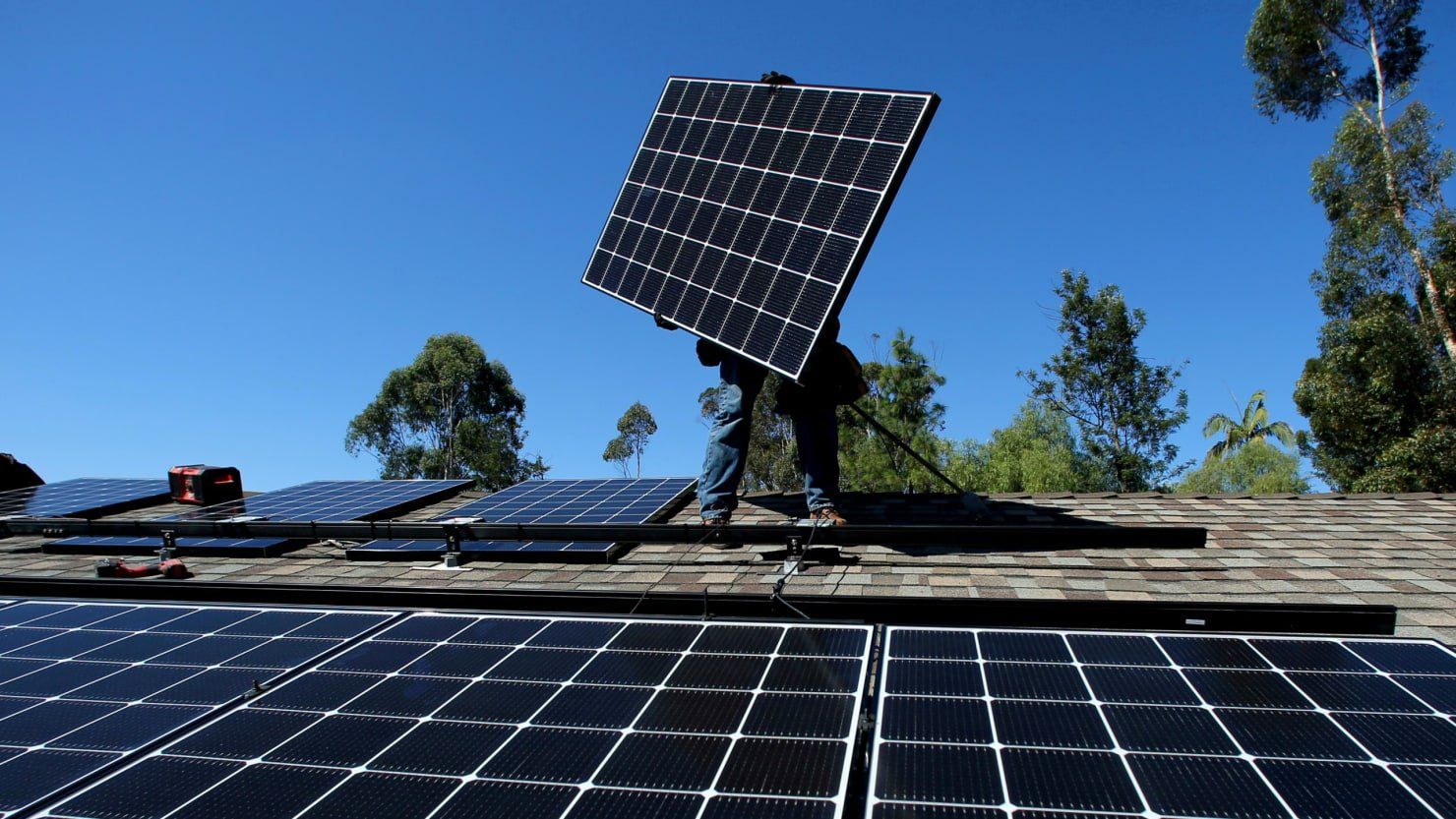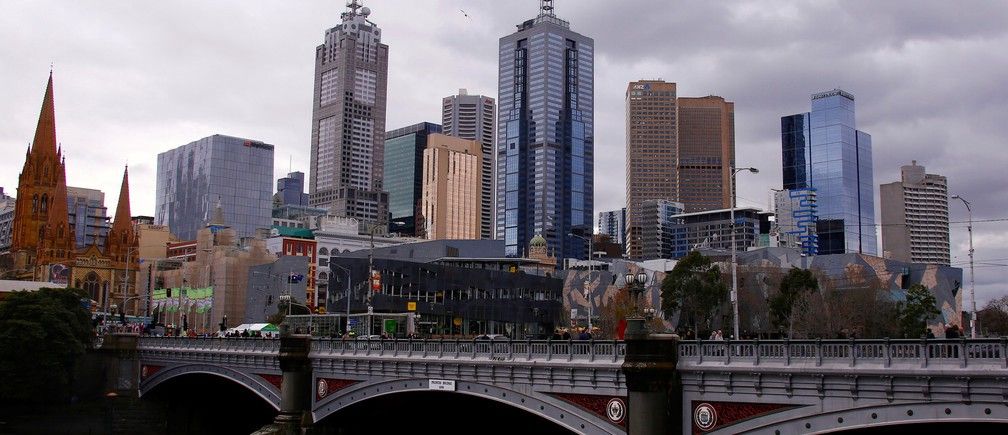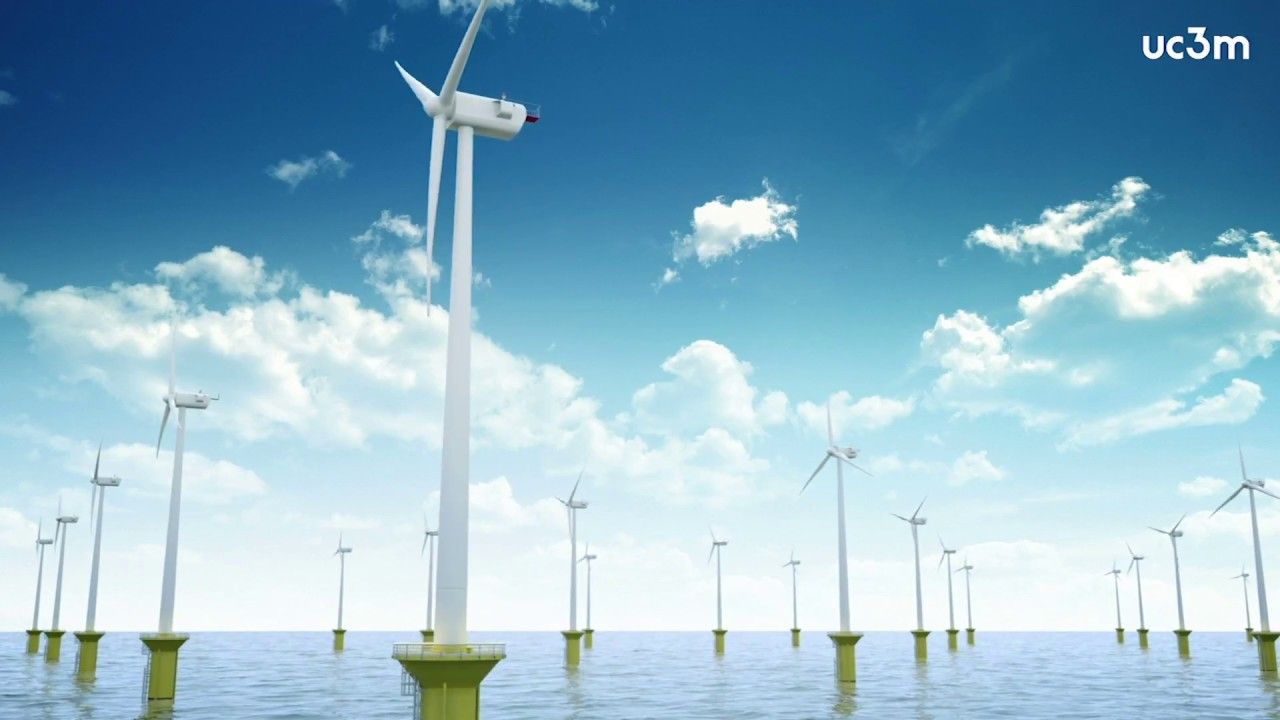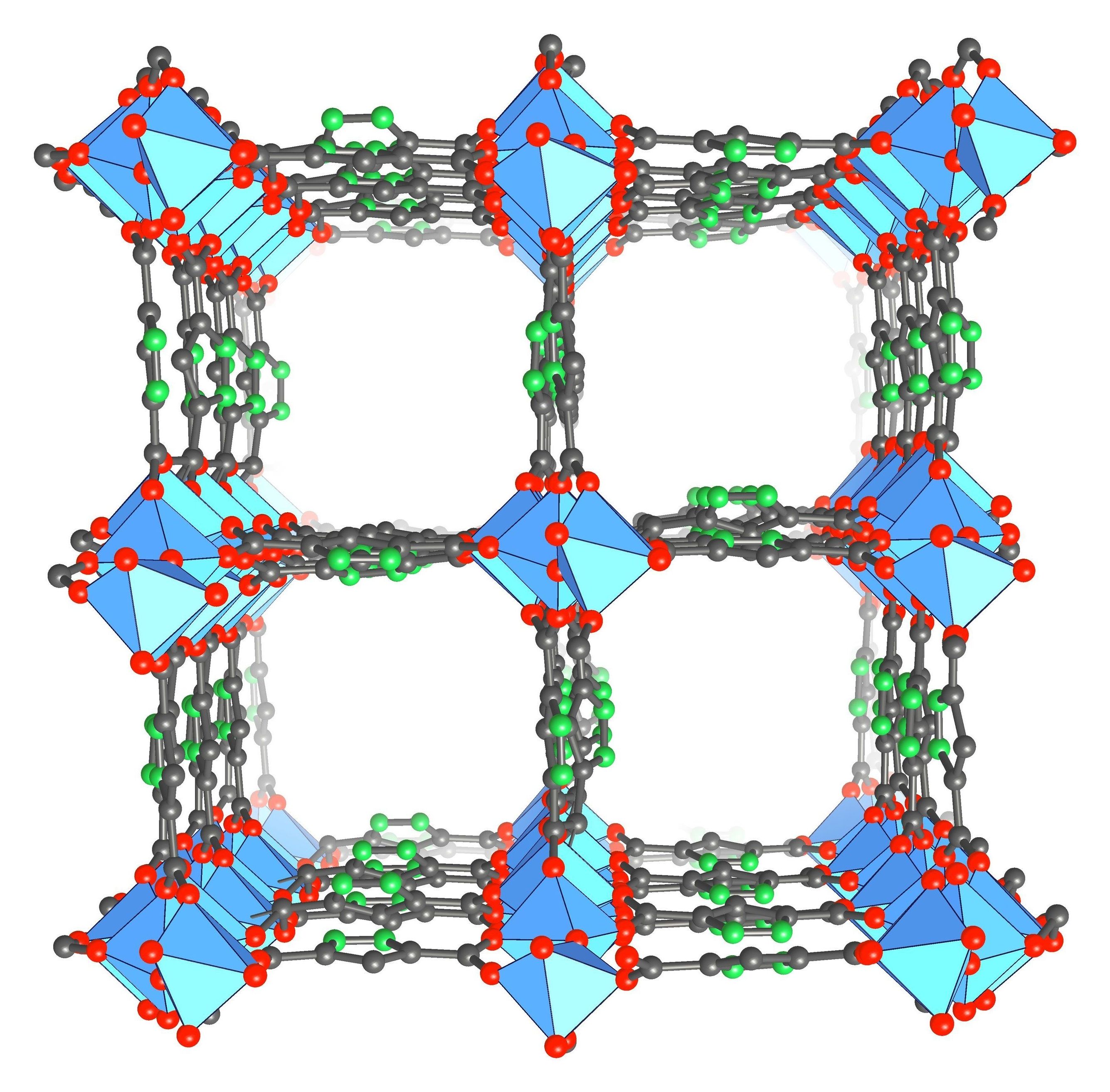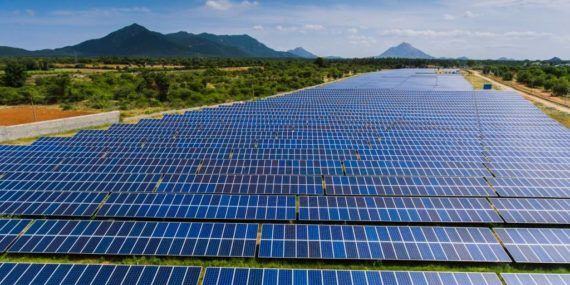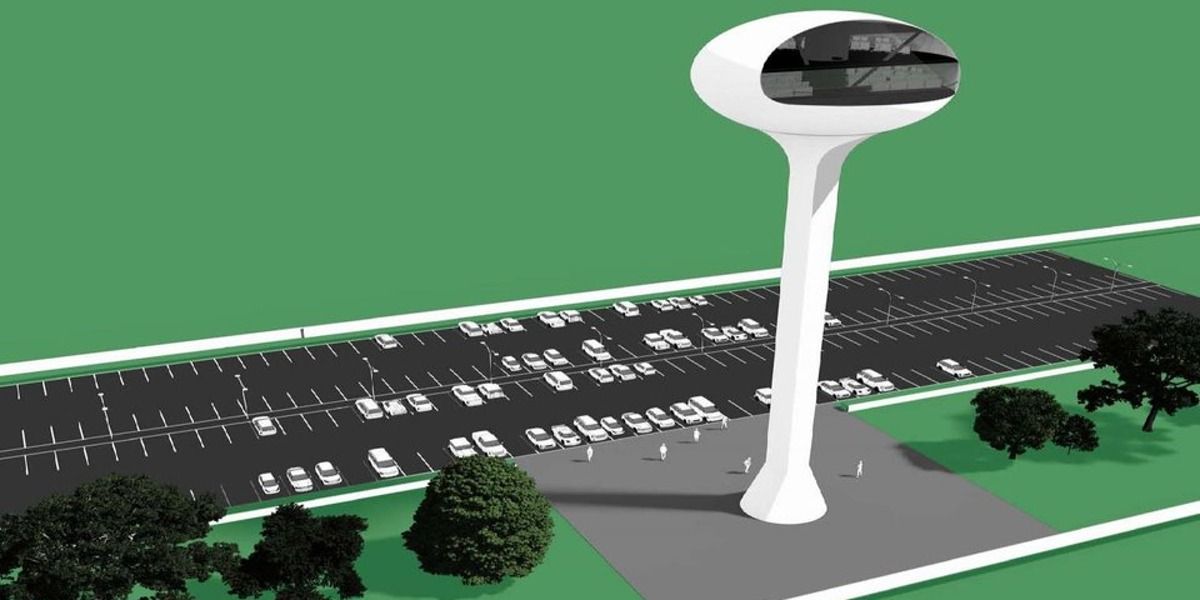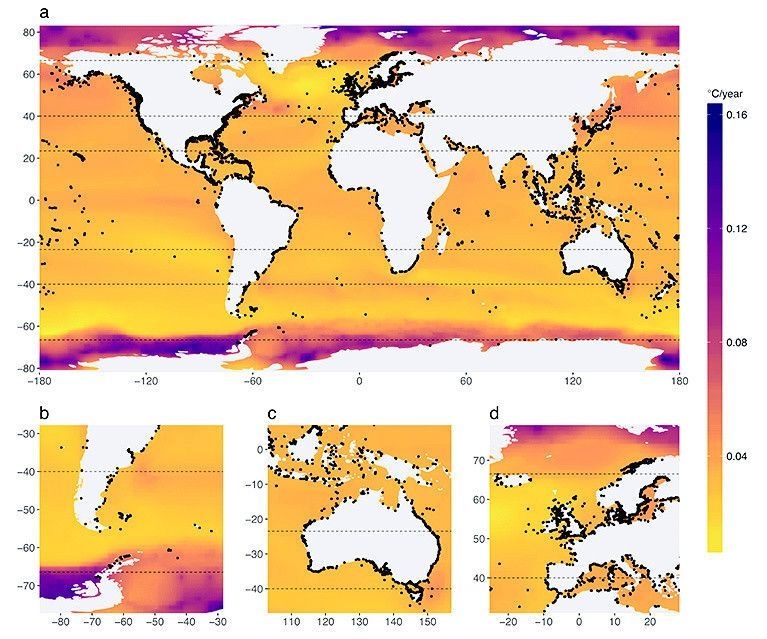Americans installed 2.5 gigawatts of solar panels in the first quarter of the year—a 13 percent increase from a year earlier, according to a report by the Solar Energy Industries Association. That made solar the leading source of new energy generation at 55 percent, dominating over wind and natural gas turbines. This was in spite of the fact that President Donald Trump imposed tariffs earlier this year on imported panels and their parts, reported Bloomberg News. Total installations are on track to reach 10.8 gigawatts at the end of the year, with installations reaching more than 14 gigawatts by 2023.
